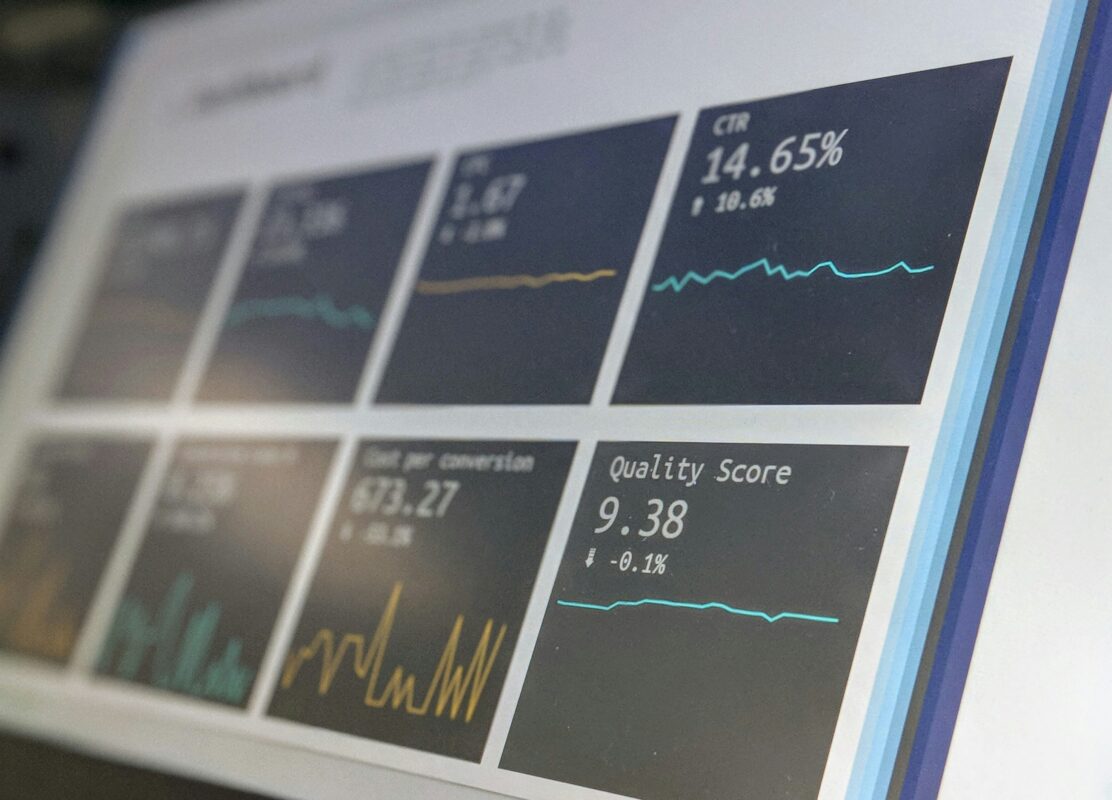Driving Success Through Insights
In the fast-paced world of e-commerce, businesses are constantly looking for ways to stay competitive and drive growth. One of the most powerful tools at your disposal is data. By analyzing customer behavior, sales patterns, and market trends, you can make smarter, more informed decisions that help your business thrive. In this article, we’ll explore how leveraging data can unlock new opportunities for your e-commerce venture.
Utilize Analytics Tools
Data analysis starts with the right tools. Platforms like Google Analytics, Hotjar, and your Customer Relationship Management (CRM) system provide valuable insights into your website’s performance, customer behavior, and buying patterns. With Google Analytics, for instance, you can track everything from website traffic and bounce rates to conversion rates and customer demographics. These insights help you understand what’s working—and what’s not—so you can adjust your strategy accordingly.
Additionally, you can use tools like Hotjar to visualize how users navigate your website. Heatmaps and session recordings offer an inside look at what grabs attention and what elements users may find confusing. Understanding how customers interact with your website allows you to optimize the user experience, making it more intuitive and engaging.
Monitor Key Performance Indicators (KPIs)
Every business should have a set of Key Performance Indicators (KPIs) that align with its goals. KPIs are measurable values that demonstrate how effectively a company is achieving its objectives. In e-commerce, some crucial KPIs include:
- Customer Lifetime Value (CLV): The total revenue a business can expect from a single customer over their relationship with the brand.
- Customer Acquisition Cost (CAC): How much it costs to attract a new customer.
- Average Order Value (AOV): The average dollar amount spent each time a customer makes a purchase.
- Cart Abandonment Rate: The percentage of customers who add items to their cart but leave before completing the purchase.
- Return on Investment (ROI): How much profit you’re making relative to the amount of money invested in marketing and operations.
By tracking these metrics, you can gain a clearer understanding of where your business stands and identify areas for improvement. For example, if your cart abandonment rate is high, it might be time to reconsider your checkout process or offer incentives like free shipping.
A/B Testing
A/B testing is another crucial method for optimizing your e-commerce site and marketing efforts. It involves testing two variations of an element—such as a webpage, email, or ad—to determine which performs better. For instance, you could test two different product descriptions to see which leads to more conversions or compare different call-to-action buttons to identify which generates more clicks.
The key to successful A/B testing is focusing on one variable at a time. By making incremental changes and analyzing the results, you can continuously refine your approach and achieve better outcomes.
Continuous Improvement
Data analysis should be part of an ongoing process. The e-commerce landscape is dynamic, and customer preferences can change rapidly. As a result, your strategies need to remain flexible and adaptable. Regularly reviewing your data enables you to stay ahead of trends and adjust your tactics accordingly.
For example, if your analytics reveal a spike in mobile traffic but lower conversion rates on mobile devices, it may be time to improve your mobile site’s design. Similarly, if social media channels are driving significant traffic but not resulting in sales, it could be worth revisiting your social media strategy or ad targeting.
Ultimately, the goal of data analysis is to help you make informed decisions that lead to measurable improvements in your business. By leveraging the insights gained from analytics tools, tracking relevant KPIs, conducting A/B tests, and continuously refining your approach, you’ll be well-positioned to maximize growth and profitability.
Conclusion
Incorporating data analysis into your business strategy is no longer optional—it’s essential. From tracking website performance and customer behavior to identifying areas for optimization, the insights gained from data can make all the difference in staying competitive in the e-commerce space. By continuously monitoring and adapting to your data, you can make smarter decisions that lead to better customer experiences, improved marketing efforts, and ultimately, a more successful business.

